- All Flags
- Flags of Countries by Continent
-
Flags of Organizations
- Flags of UN countries
- Flags of the European Union countries
- Flags of NATO countries
- Flags of the countries of the Organization of Islamic Cooperation
- Flags of the countries of the Organization of American States
- Flags of the Arab League countries
- Flags of the African Union countries
- Flags of the countries of the Union of South American Nations
- Flags of the Commonwealth of Nations
- Flags of the countries of the Secretariat of the Pacific Community
- Flags of the Nordic Council countries
- Flags of the Caribbean Community
- Flags of the countries of the Association of Southeast Asian Nations
- Flags of the East African Community
- Flags of the countries of the Organization of Turkic States
- LGBT Community Flags
- Historical Flags
- Ethnic Flags
- Flags of the USA (states)
Flag of San Marino
The national flag of the Most Serene Republic of San Marino is a symbol of profound historical resilience, unwavering independence, and the unique, ancient heritage of the world's oldest republic. Adopted in its current form on April 6, 1862, the flag features two equal horizontal stripes of white (top) and light blue (bottom), charged in the cente..
Flag of Sao Tome and Principe
The national flag of the Democratic Republic of São Tomé and Príncipe is a vibrant and symbolically rich emblem that encapsulates the nation's journey towards independence, its deep connection to the African continent, and its aspirations for a prosperous and united future. Adopted on November 5, 1975, shortly after gaining ind..
Flag of Sark
The flag of Sark features a white field with a red St. George's Cross, traditionally associated with England. In the canton (upper hoist corner) of the flag, on a red field, are two golden lions passant guardant, positioned one above the other. These lions are directly borrowed from the coat of arms of Normandy, emphasizing Sark's historical belong..
Flag of Saudi Arabia
The national flag of Saudi Arabia is a profoundly significant symbol, instantly recognizable by its striking green field, the prominent Shahada (Islamic creed) written in white Thuluth script, and a white saber positioned beneath the text. More than just a national emblem, it embodies the Kingdom's deep religious identity, its historical foundation..
Flag of Scotland
The flag of Scotland, known as the Saltire or Saint Andrew's Cross, is one of the oldest national flags in the world and is deeply rooted in the history and identity of the Scottish people. It represents a simple yet powerful symbol with a rich heritage. Description and Elements of the Saltire The Saltire consists of a blue field with a white dia..
Flag of Senegal
The national flag of Senegal is a vibrant and deeply symbolic emblem, reflecting the nation's rich history, its pan-African identity, and its aspirations for unity, progress, and independence. Adopted on August 20, 1960, the flag came into being shortly after Senegal gained full independence from France. Its design is a powerful visual narrative, i..
Flag of Serbia
The national flag of Serbia is a potent emblem of the nation's profound historical narrative, its deep-rooted identity as a Slavic and Orthodox Christian state, and its enduring struggle for sovereignty and self-determination. Adopted in its current form on August 16, 2004, and formally enshrined in the Constitution of Serbia, the flag features thr..
Flag of Seychelles
The national flag of Seychelles is a visually striking and uniquely designed emblem that powerfully conveys the nation's aspirations for progress, unity, and its place in the modern world. Adopted on June 18, 1996, this flag replaced an earlier design, signifying a new era for the island nation and embodying the dynamic and forward-looking spirit o..
Flag of Sierra Leone
The national flag of Sierra Leone is a striking tricolor, a bold and vibrant representation of the West African nation's geography, its aspirations for peace, and its rich natural resources. Adopted on April 27, 1961, the day Sierra Leone gained independence from British colonial rule, the flag’s design is a powerful visual statement of the c..
Flag of Singapore
The national flag of Singapore is a vibrant and deeply symbolic emblem that encapsulates the aspirations, values, and unique identity of this dynamic island nation. Unveiled on December 3, 1959, when Singapore achieved self-governance from British colonial rule, it was carefully crafted to represent the diverse population and the collective vision ..
Flag of Sint Maarten
The flag of Sint Maarten is a vibrant and powerful emblem of national identity that reflects the island's unique history, its political autonomy, and its enduring spirit. Adopted on June 13, 1985, the flag was designed to represent the Dutch constituent country of Sint Maarten, which was then a part of the Netherlands Antilles and would later becom..
Flag of Slovakia
The national flag of Slovakia is a profound symbol of the nation's rich Slavic heritage, its long and often arduous journey toward self-determination, and its unique identity forged through centuries of historical challenges. Adopted on September 1, 1992, and officially codified in the Slovak Constitution, the flag features three equal horizontal s..
Flag of Slovenia
The national flag of Slovenia is a powerful and evocative symbol of the nation's independence, sovereignty, and rich cultural heritage, deeply rooted in its Slavic identity and historical struggles. Adopted on June 24, 1991, shortly before Slovenia formally declared its independence from Yugoslavia, the flag features three equal horizontal stripes ..
Flag of Somalia
The national flag of Somalia is a powerful and instantly recognizable symbol, embodying the nation's independence, unity, and its place within the broader African and Islamic world. Adopted on October 12, 1954, five years before Somalia gained full independence from Italy and Britain, its design was a forward-looking statement of national aspiratio..
Flag of Somaliland
The national flag of Somaliland is a powerful and unique emblem that embodies the aspirations and distinctive identity of a self-declared, yet internationally unrecognized, state in the Horn of Africa. Unlike the well-known flags of fully sovereign nations, Somaliland's banner tells a story of perseverance, democratic ideals, and a complex journey ..
Flag of South Africa Republic of South Africa
The national flag of South Africa is a vibrant and exceptionally symbolic emblem, renowned worldwide for its unique design and the profound message it conveys. Adopted on April 27, 1994, it stands as a powerful testament to the nation's transition from apartheid to a democratic, multicultural society, embodying unity in diversity. This comprehensiv..
Flag of South Carolina (US state)
The South Carolina State Flag is one of the most recognizable and enduring symbols in the United States. Its simple yet elegant design tells a story of colonial resistance, military valor, and a deep connection to the state's natural beauty. Unlike many other state flags, its design has remained largely unchanged for over 150 years, a testament to ..
Flag of South Dakota (US state)
The flag of the state of South Dakota is a powerful symbol that encapsulates the state's natural beauty, economic heritage, and its most famous landmark. While its design has undergone some changes over the decades, the current version, officially adopted in 1992, represents a unified identity for the people of South Dakota. The flag’s design..
Flag of South Georgia and the South Sandwich Islands
The flag of South Georgia and the South Sandwich Islands is a powerful and evocative symbol of a remote, subantarctic British Overseas Territory. It encapsulates a complex history of exploration, whaling, and conflict, now transformed into a modern mission of scientific research, conservation, and environmental protection. This flag provides a uniq..
Flag of South Korea
The national flag of South Korea, universally known as the Taegeukgi (태극기), is a profound embodiment of the nation's philosophical heritage, its journey through history, and the enduring aspirations of its people. Far more than a mere national symbol, it represents the harmonious balance of the universe, the resilience of the Korean spirit, and the..
Flag of South Sudan
The national flag of Sudan is a powerful and evocative emblem, deeply rooted in the nation's history, aspirations, and the diverse identities of its people. Adopted on May 20, 1970, it serves as a testament to Sudan's independence, its connection to the Arab world, and its African heritage. This comprehensive exploration delves into the design, sym..
Flag of Spain
The national flag of Spain, often referred to as La Rojigualda (the Red-and-Gold), is a vivid and potent symbol that encapsulates the rich, complex, and enduring history of a nation defined by diverse cultures, powerful empires, and a deep-seated sense of identity. Its striking design features three horizontal stripes: red on the top, a wider yello..
Flag of Sri Lanka
The National Flag of Sri Lanka, affectionately known as the "Lion Flag" (Sinha Dhvaja), is a powerful and vibrant emblem that encapsulates the island nation's rich history, diverse heritage, and enduring aspirations. Adopted officially on February 4, 1948, the day Sri Lanka (then Ceylon) gained independence from British rule, and further refined in..
Flag of Sudan
The national flag of Sudan is a powerful and evocative symbol, embodying the rich history, the diverse cultural heritage, and the aspirations of the East African nation. Adopted on May 20, 1970, after the May Revolution led by Gaafar Nimeiry, the flag replaced an earlier design that was seen as less representative of the country's Arab and African ..
Flag of Suriname
The flag of Suriname is a modern and powerful symbol that embodies the country's unique history, multi-ethnic diversity, and aspirations for prosperity. Adopted on Independence Day, November 25, 1975, it replaced the colonial flag and became a reflection of Suriname's new, independent path. The flag's design, rich with deep symbolism, tells a story..

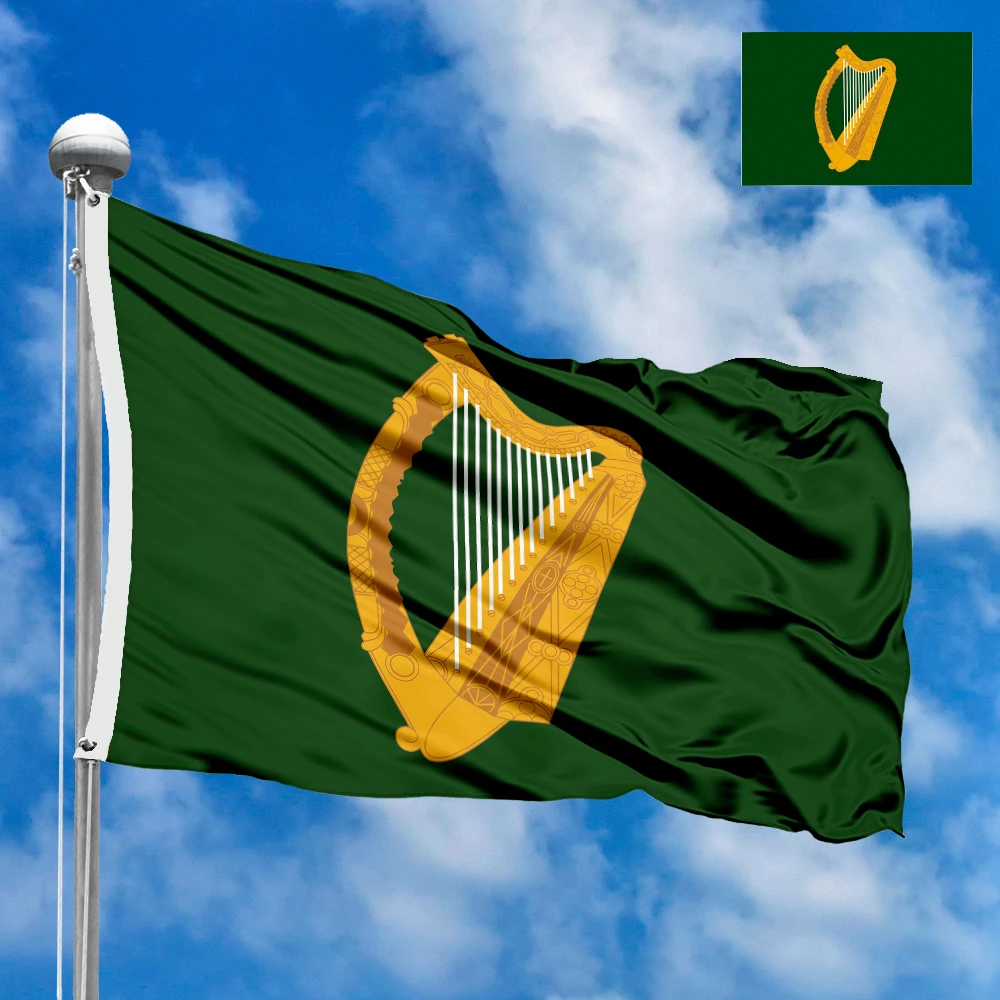





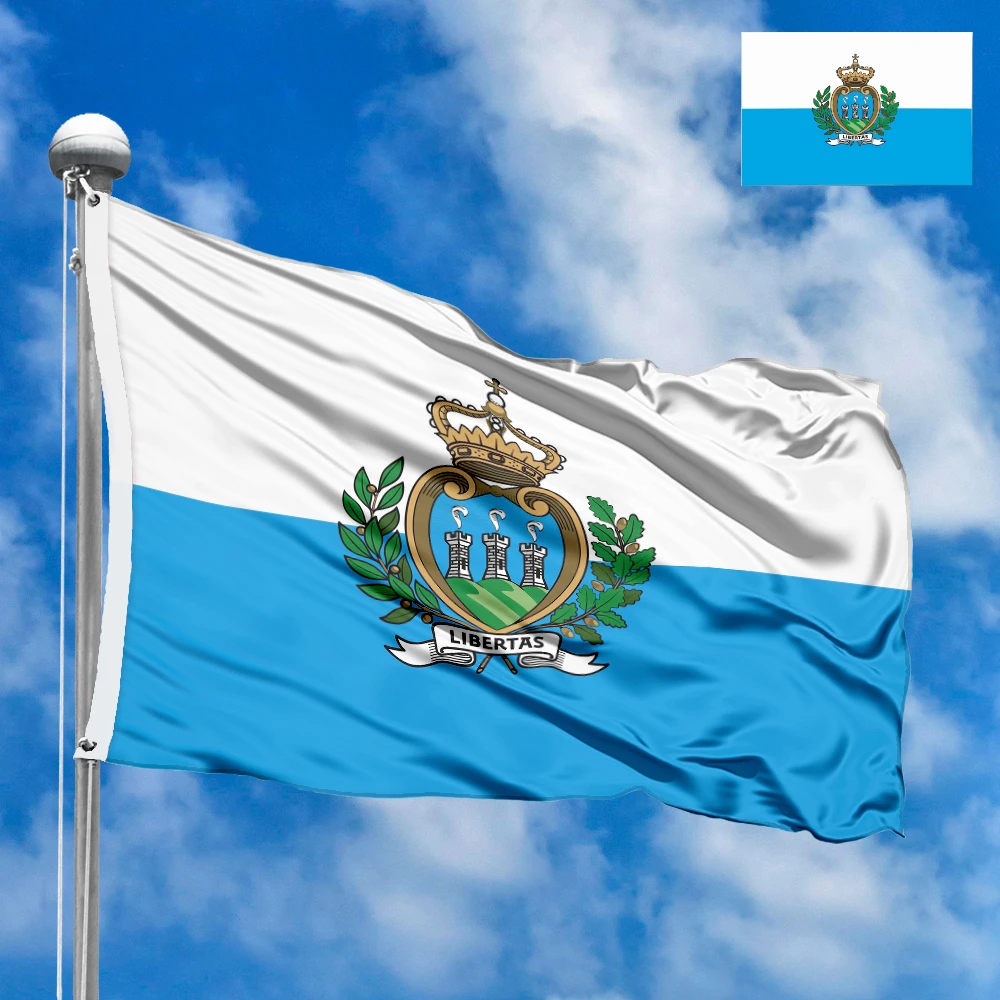



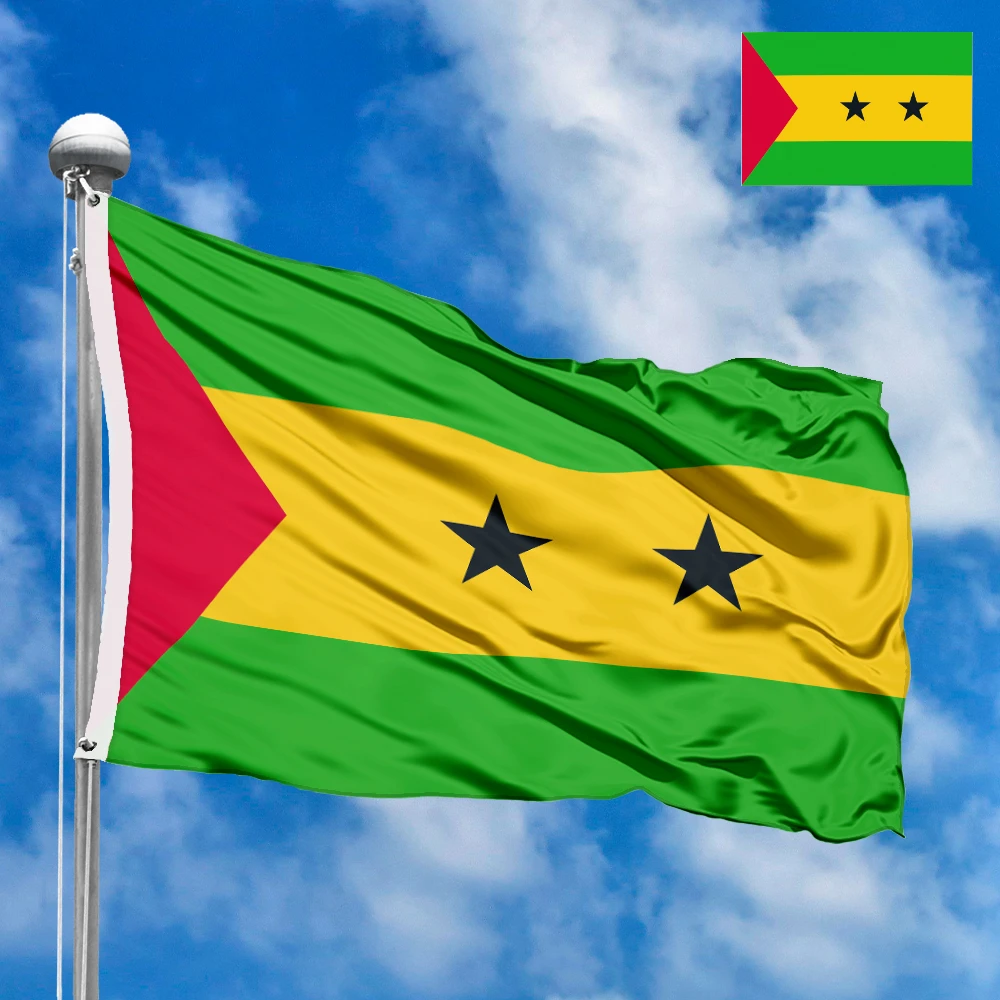



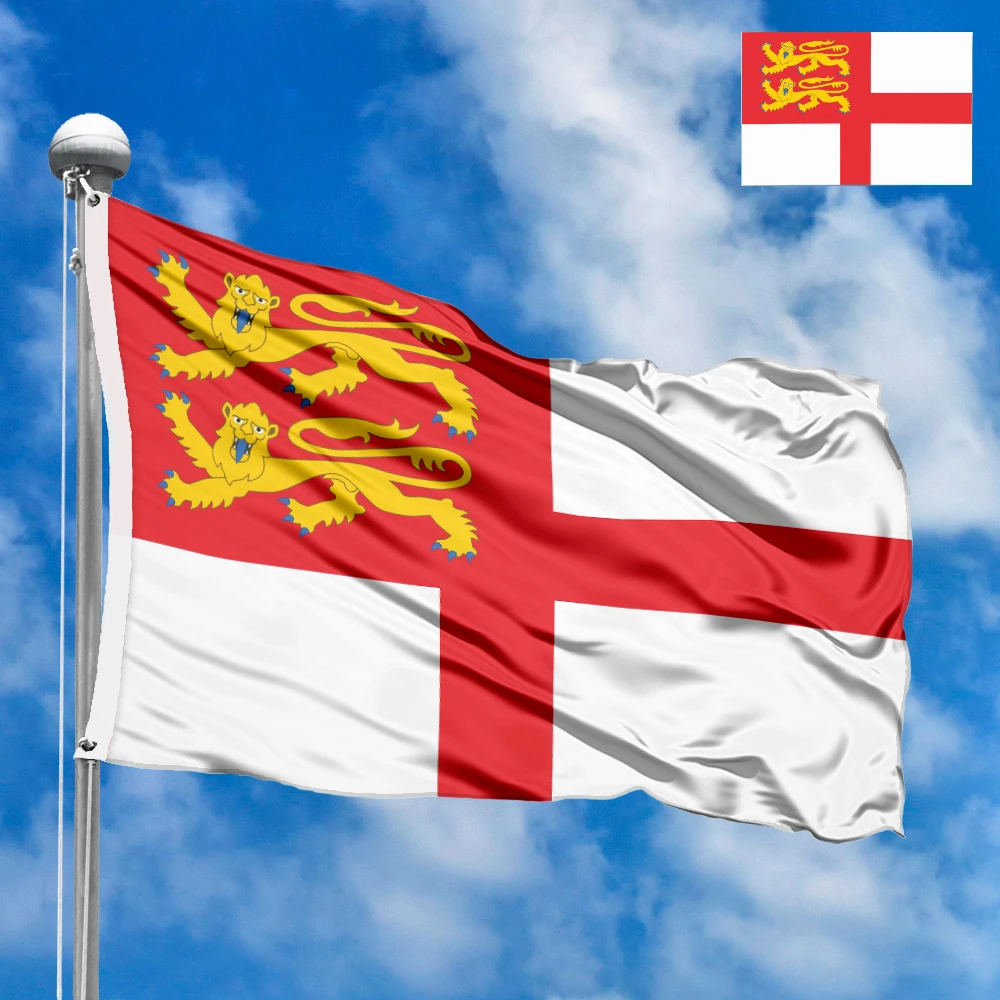



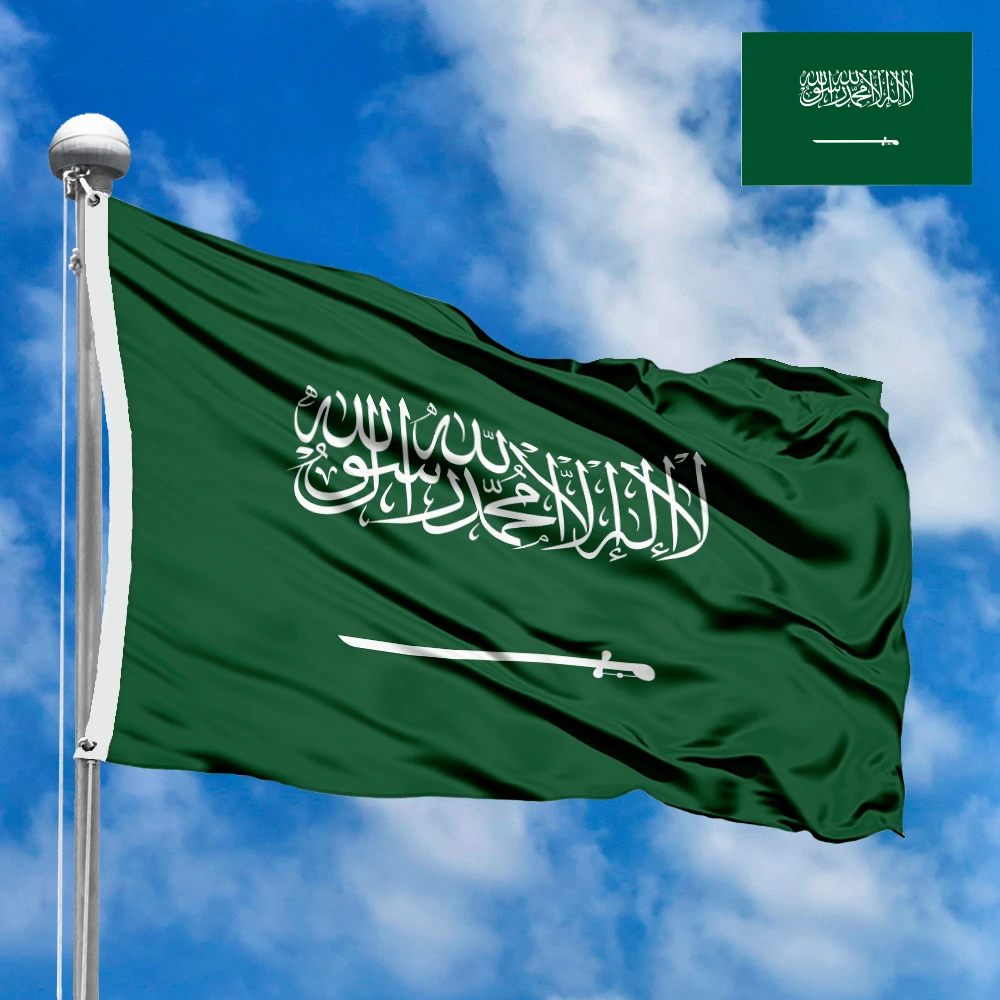



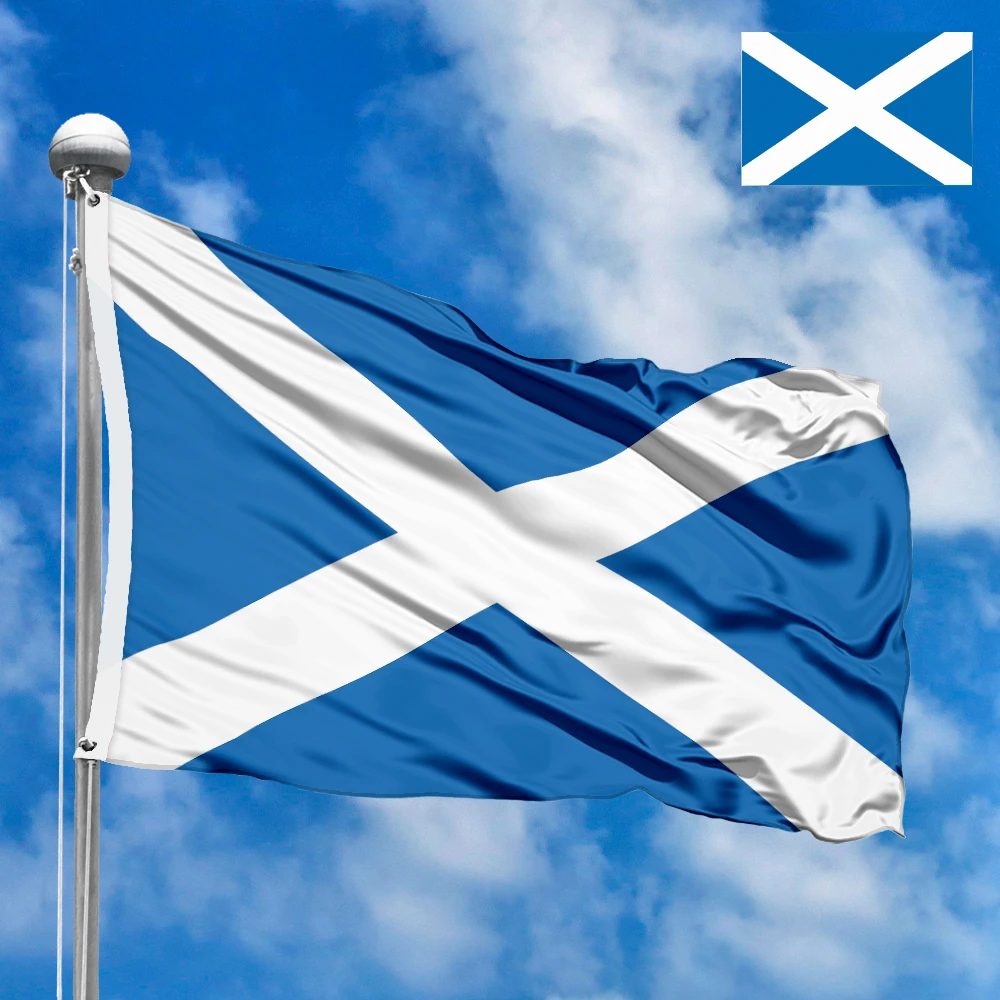



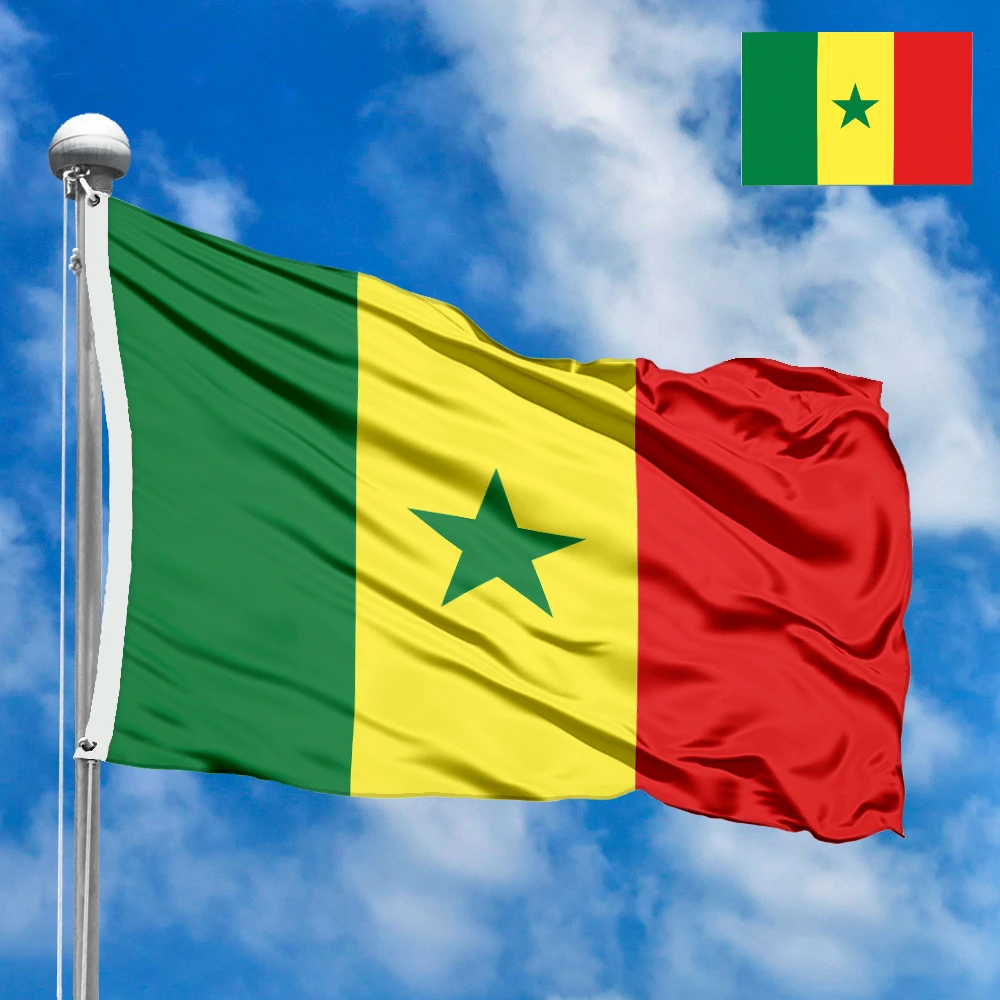



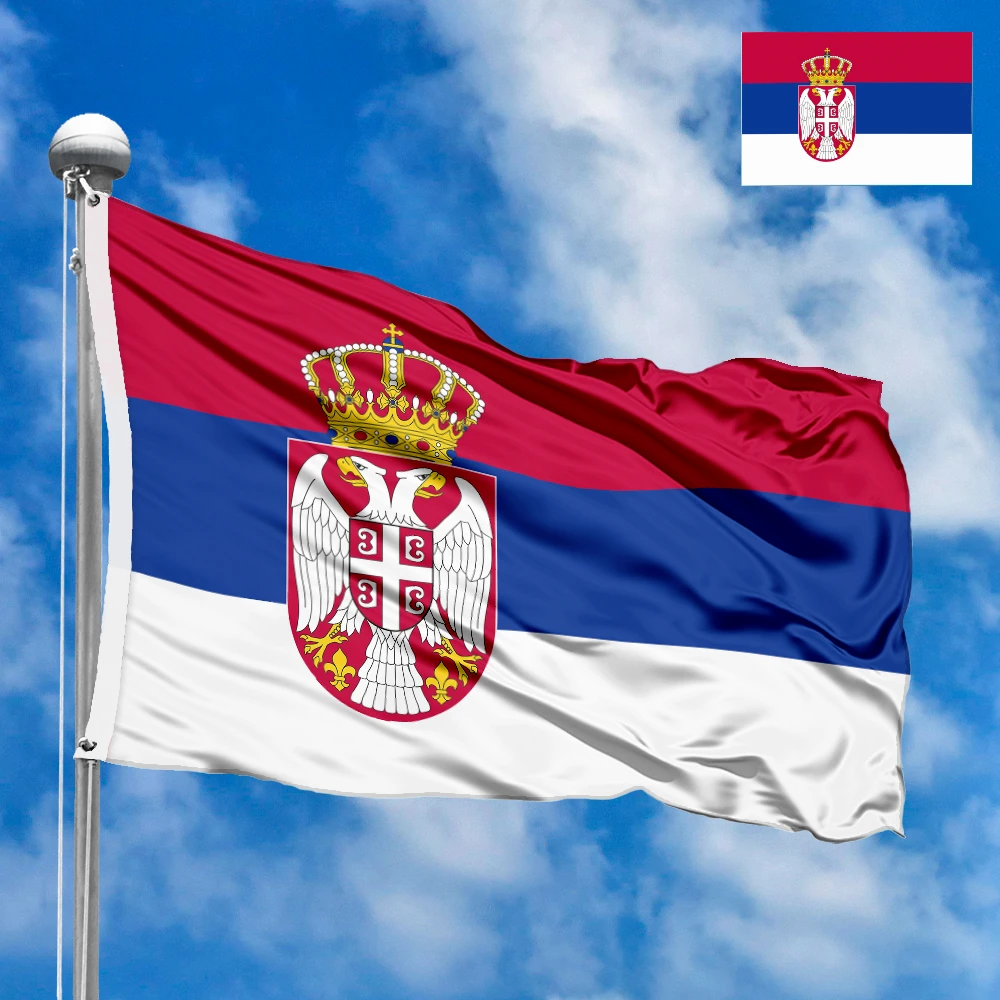







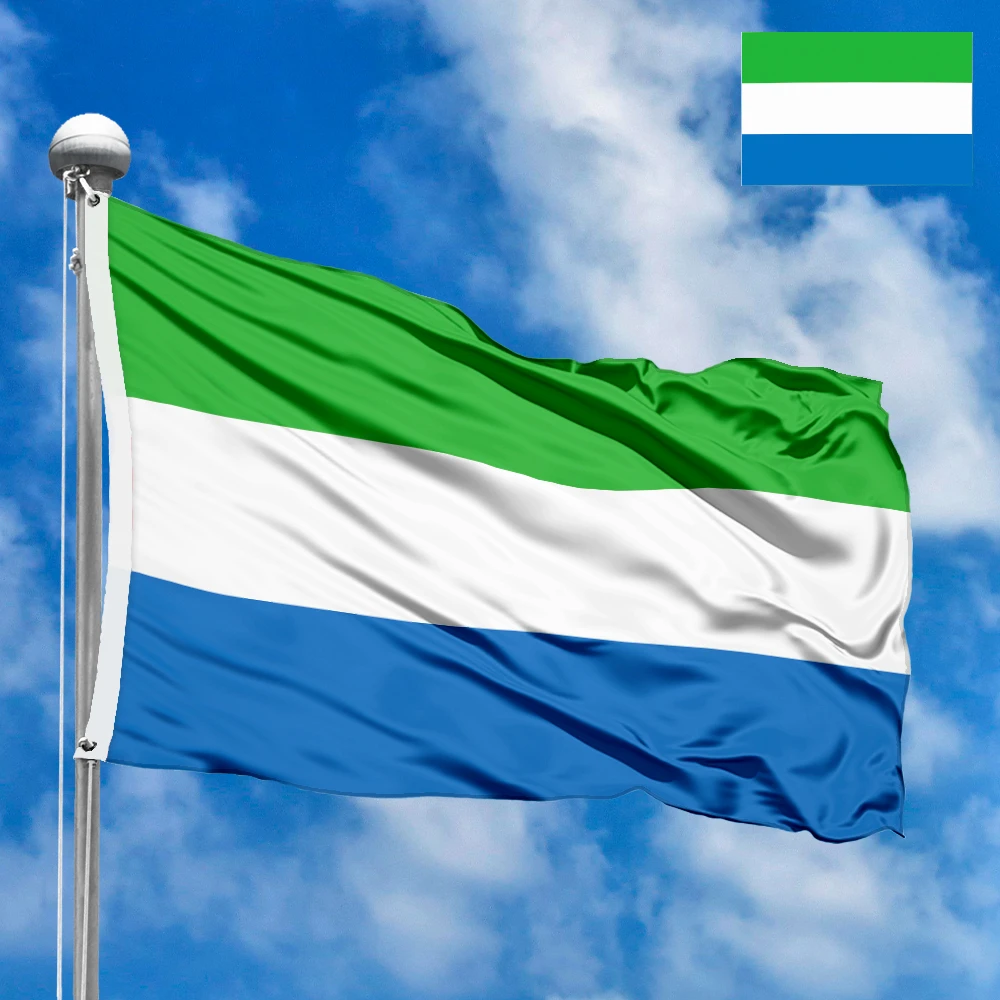



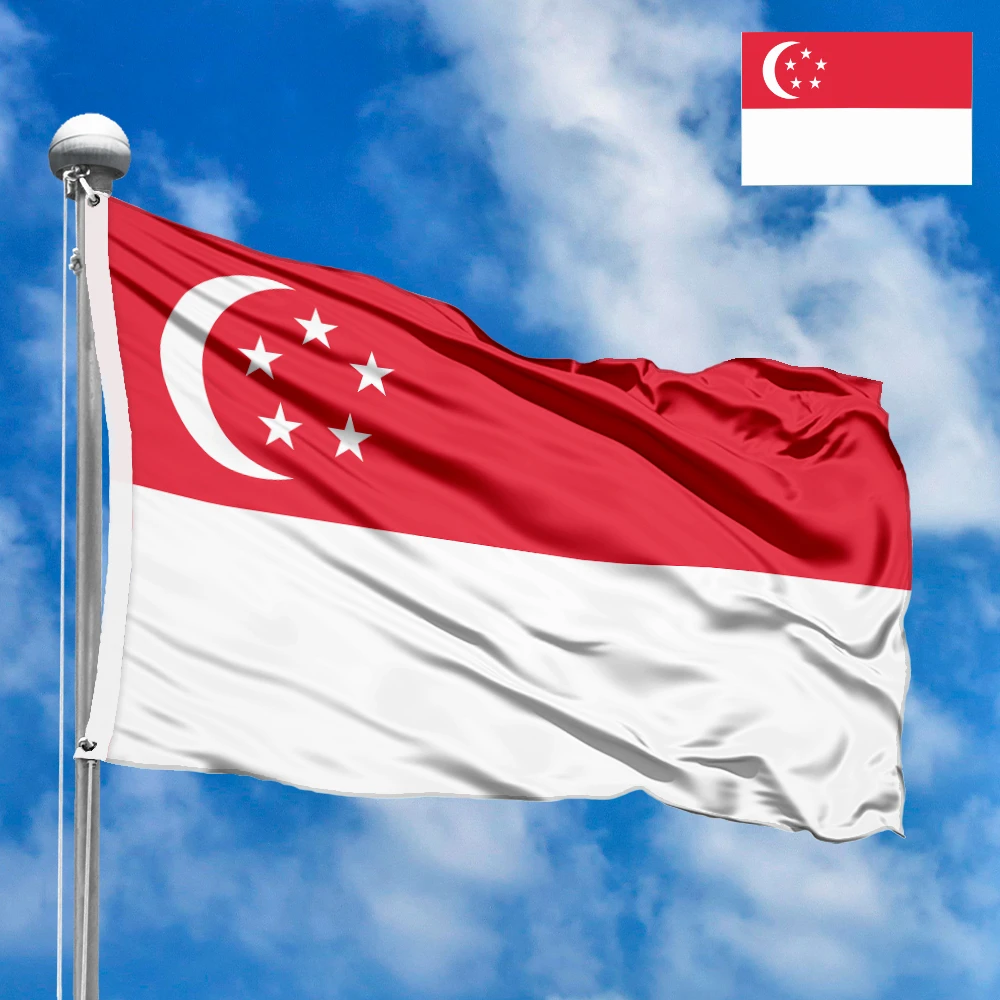



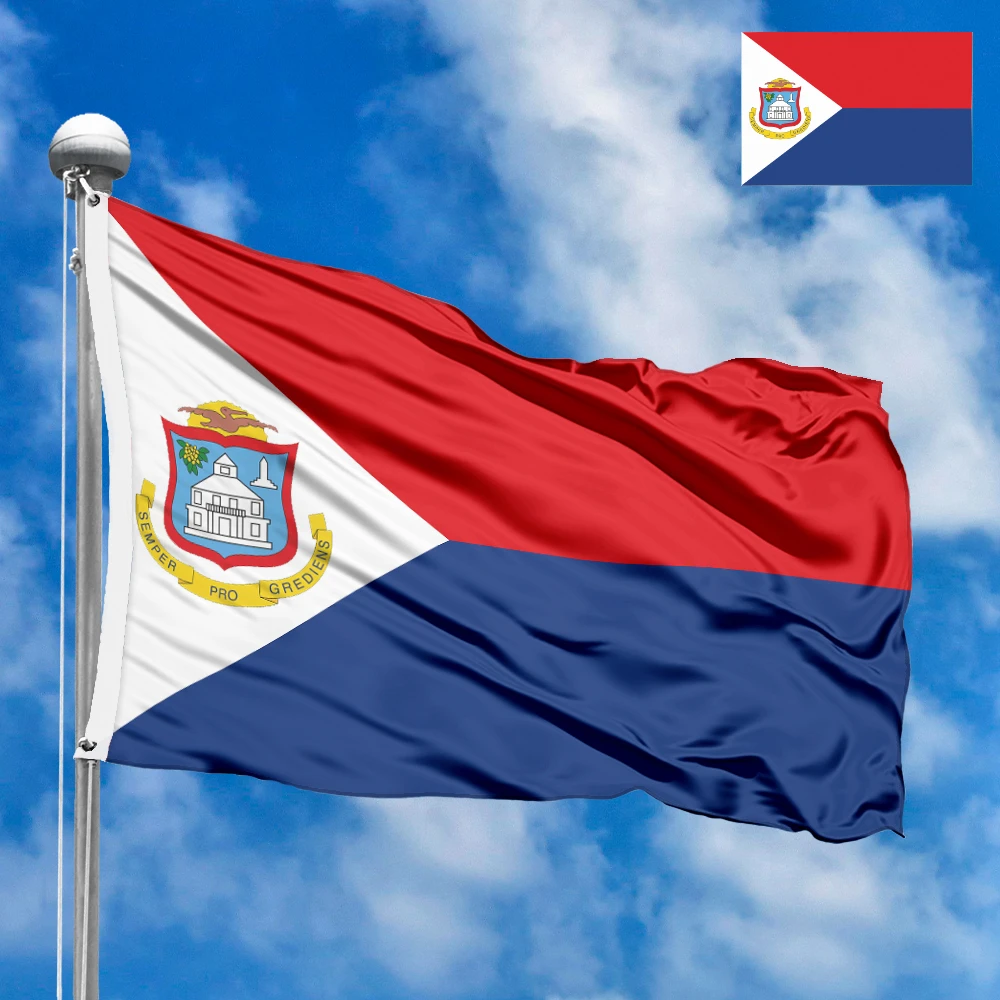











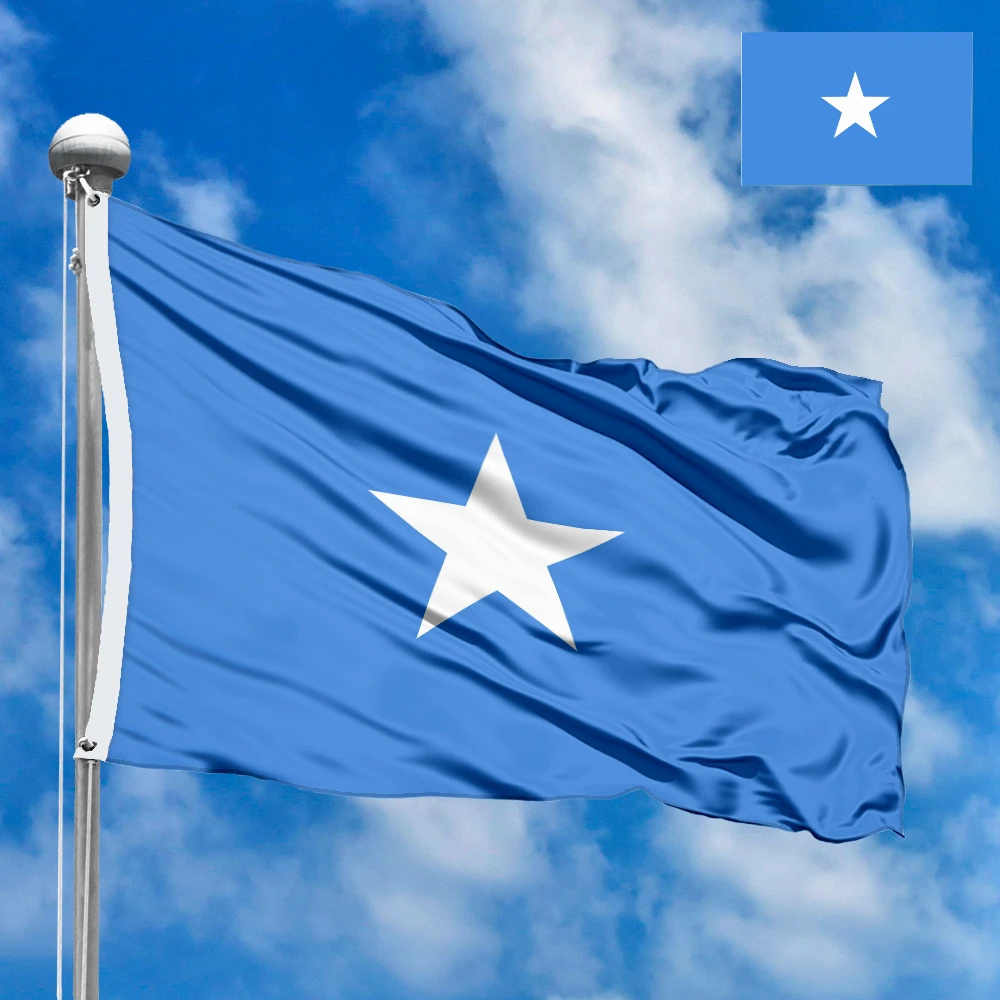



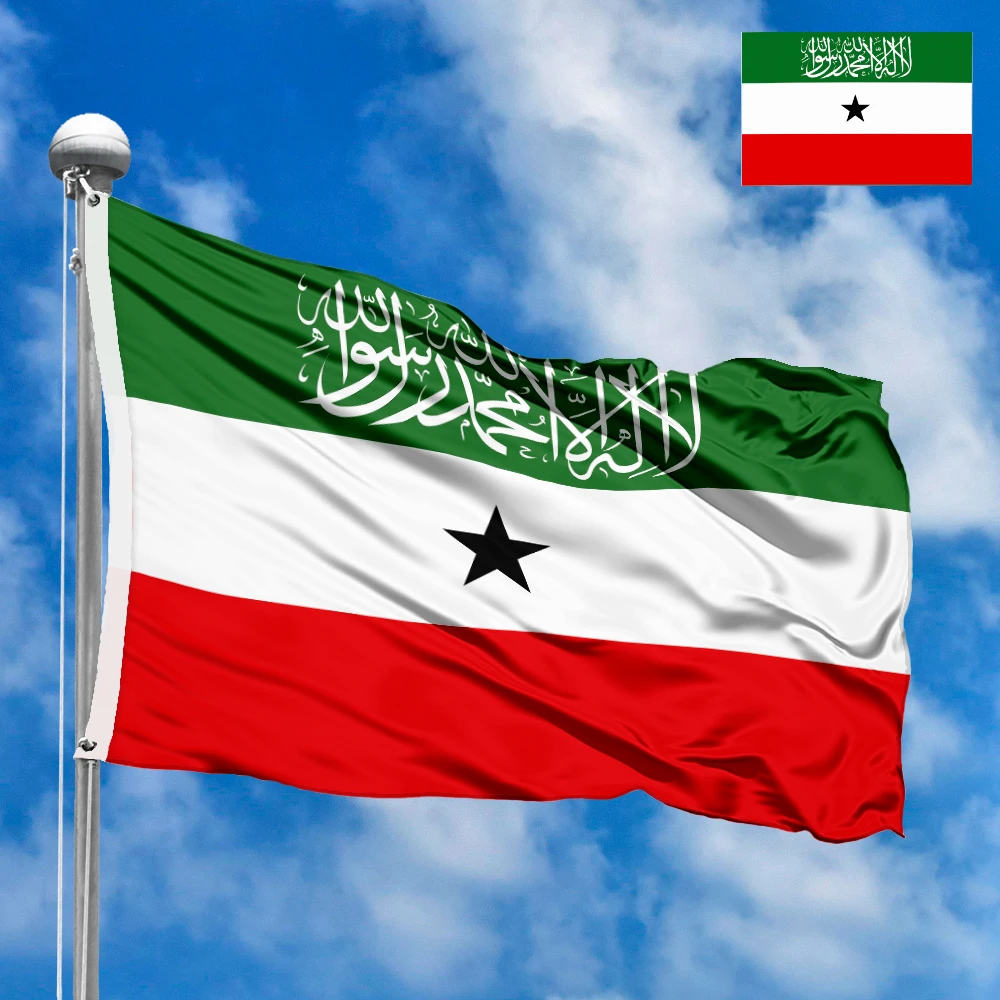







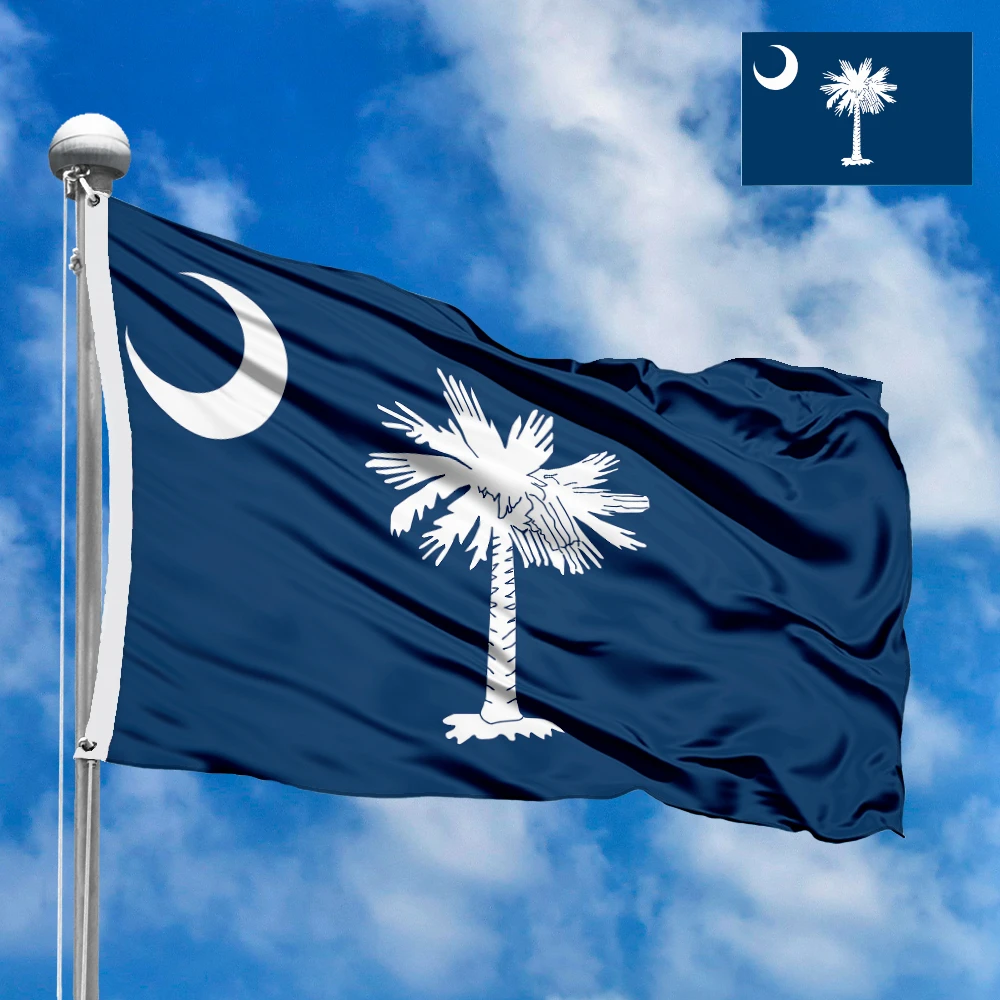











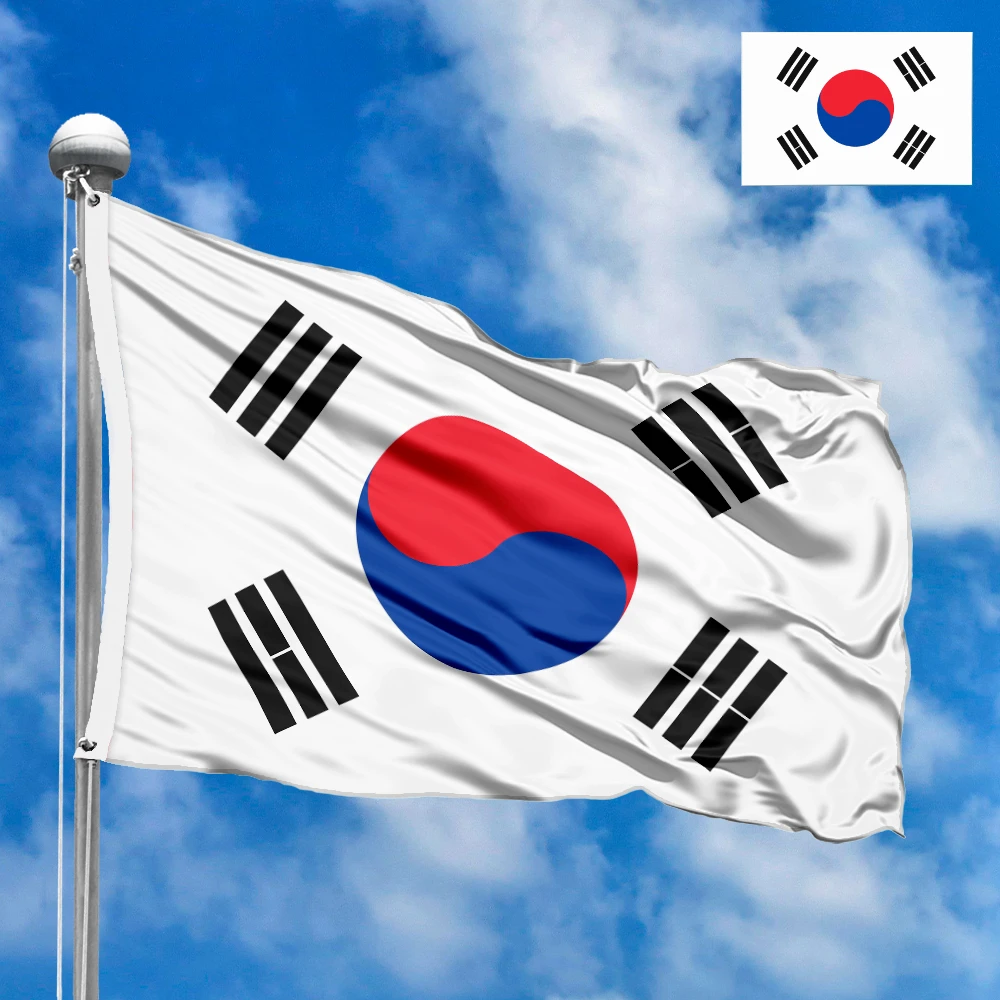



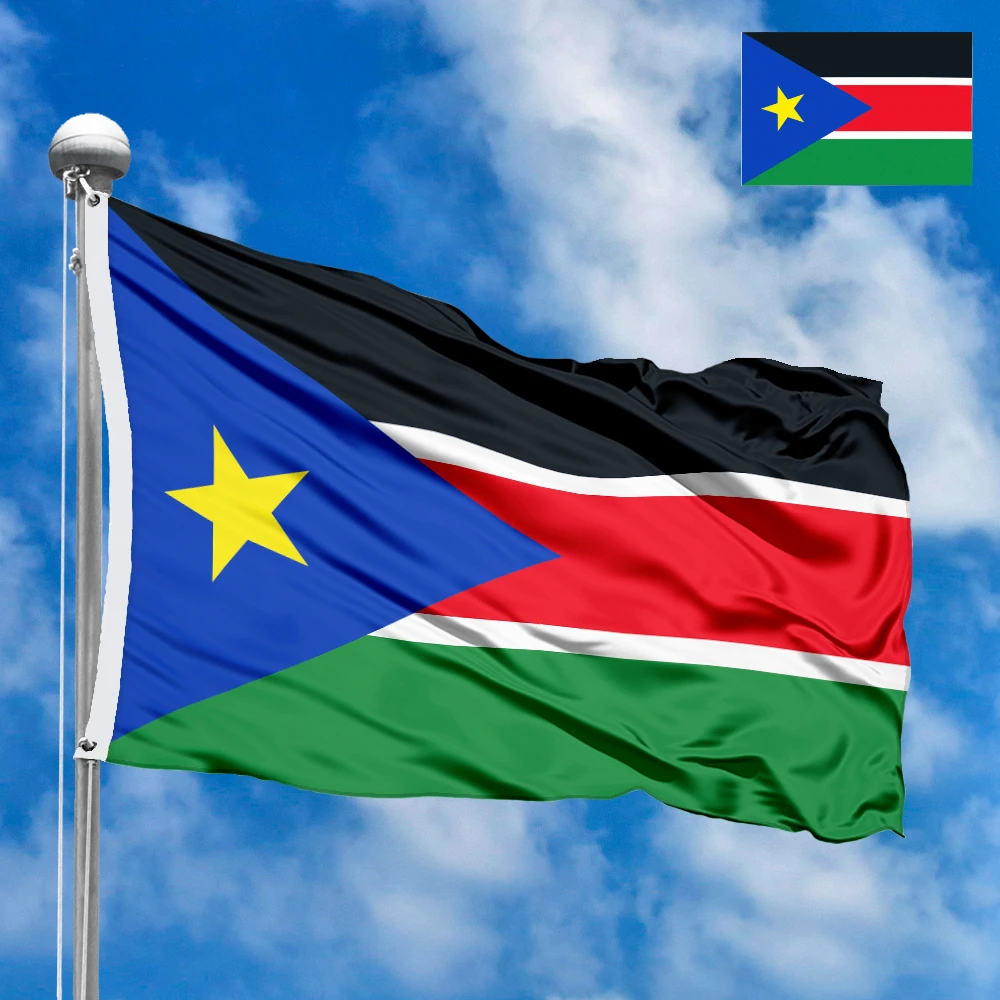



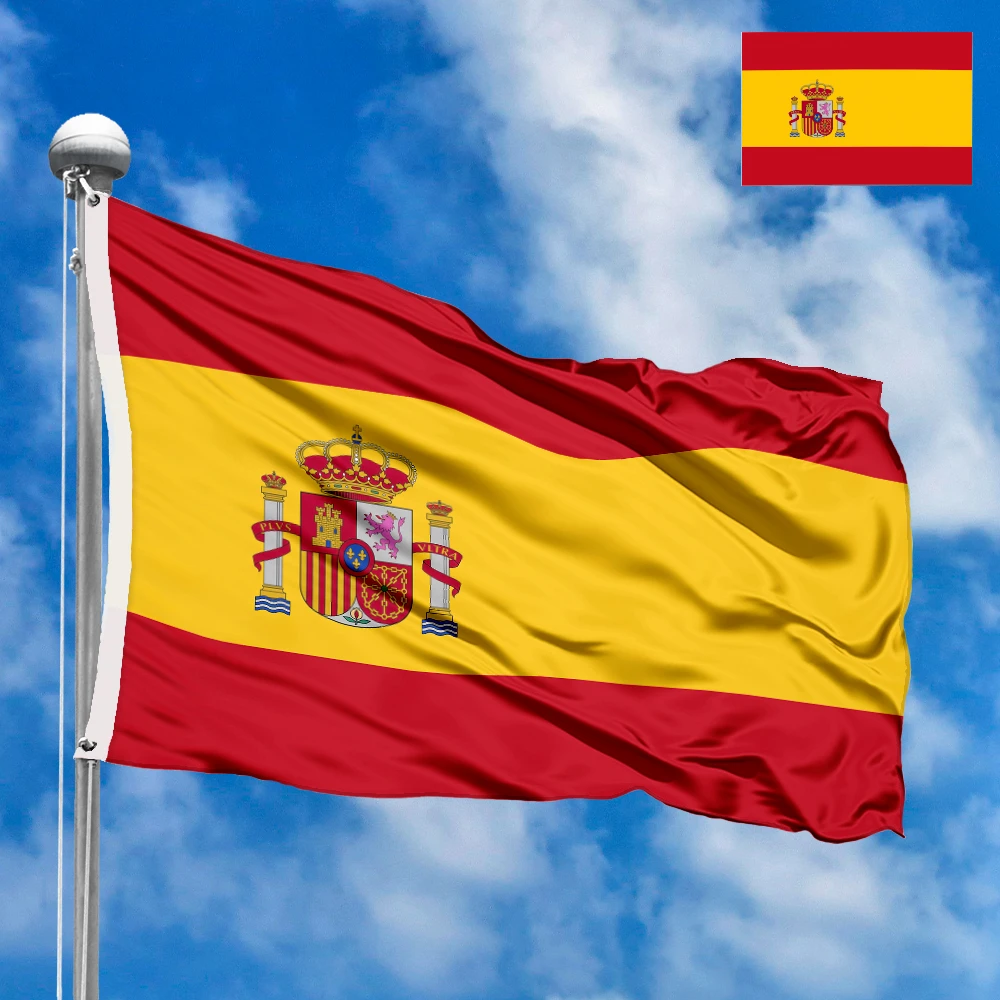



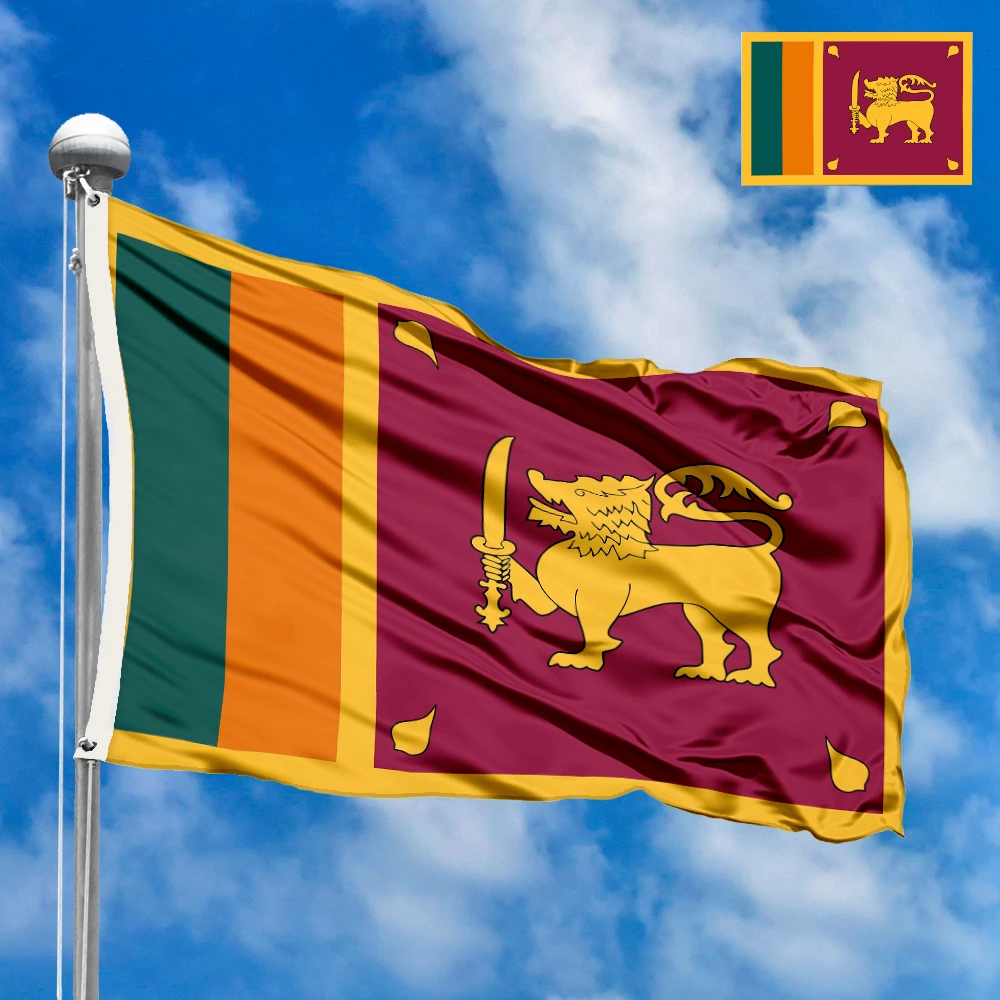







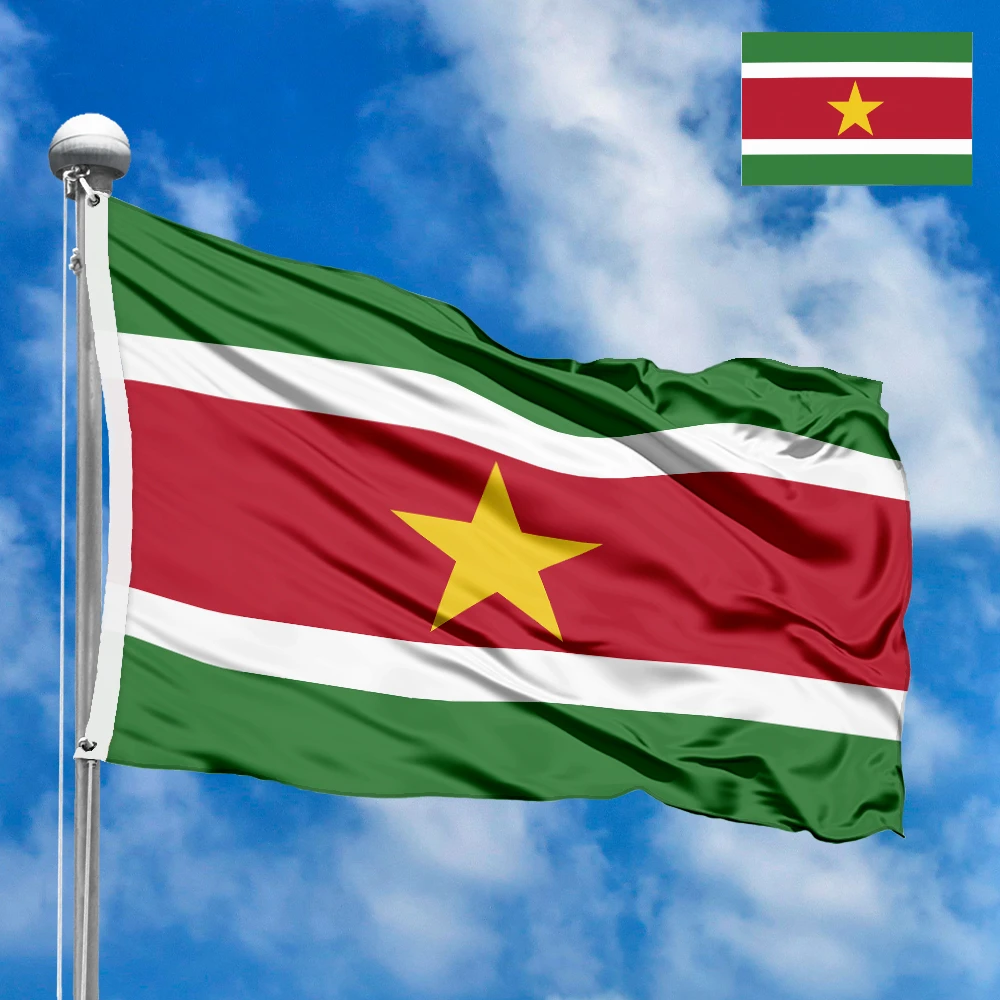
 Flags of Europe
Flags of Europe Flags of Asia
Flags of Asia Flags of Africa
Flags of Africa Flags of North America
Flags of North America Flags of South America
Flags of South America Flags of Australia and Oceania
Flags of Australia and Oceania Flags of Antarctica
Flags of Antarctica Flags of International Organizations
Flags of International Organizations LGBT Community Flags
LGBT Community Flags Historical Flags
Historical Flags Flags of the US States
Flags of the US States Ethnic flags
Ethnic flags